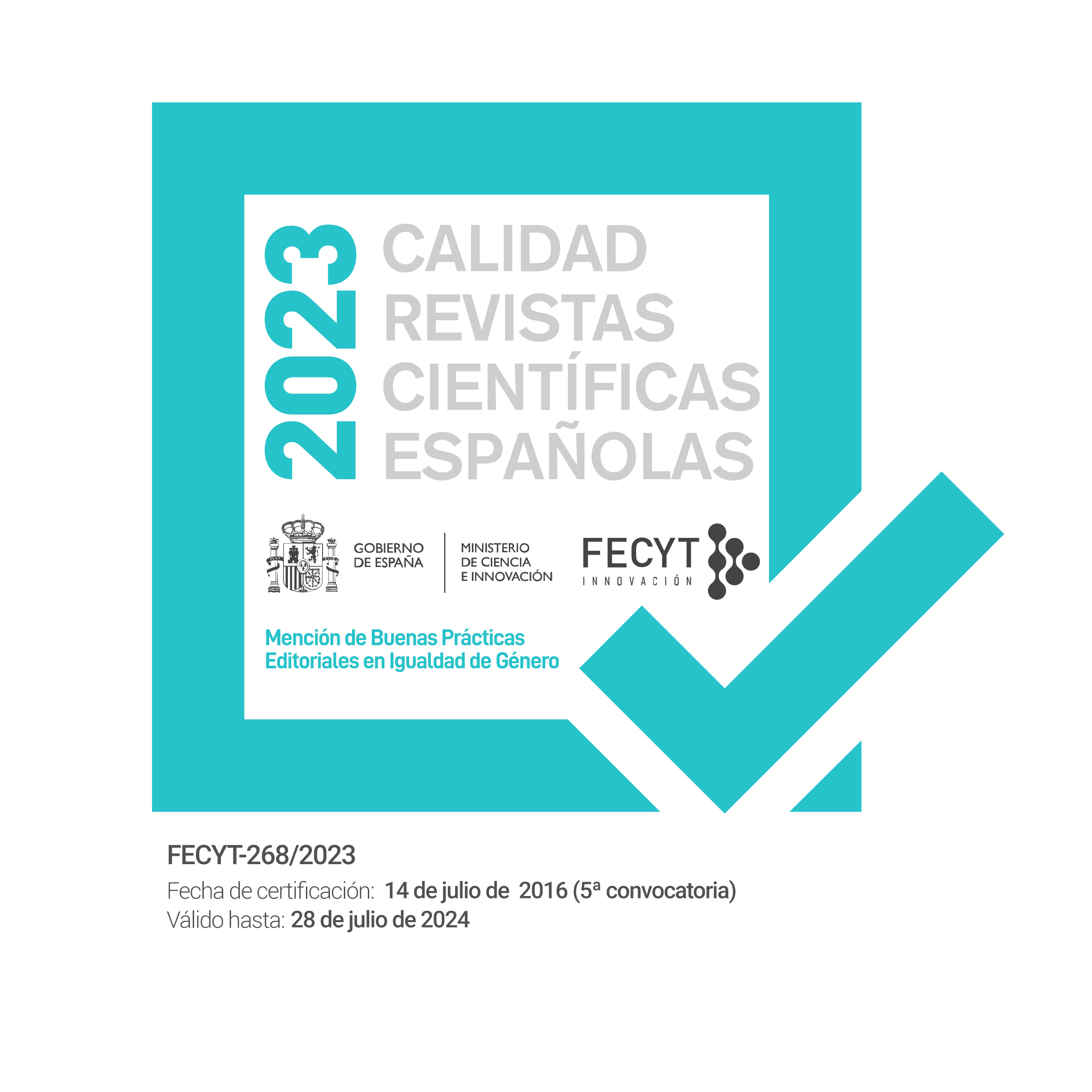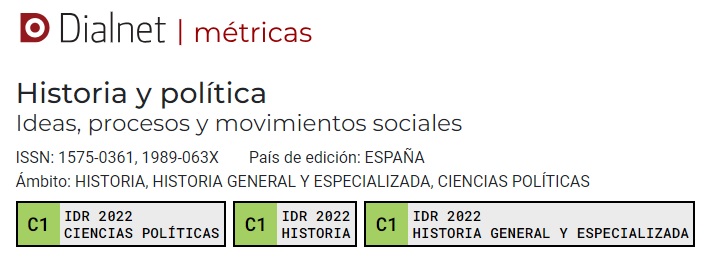To be a Queen in constitutional Spain: symbolic legitimatization and delegitimatization of the national monarchy
Keywords:
Spain, 19th century, liberalism, monarchy, queens, womenAbstract
Monarchy suffered a process of transformation throughout the 19th century in order to find its place into constitutional regimes. The sources of legitimization changed, so that apart from traditional and dynastic legitimacy, there were added other instruments derived from its function of symbolic representation, also from social cohesion and from national identity, which were grounded on new models of royal conduct. In the monarchic nineteenth-century the narrative figure of the queen, regnant or consort, becomes the central image of the royal family and the expression of gender and family stereotypes of bourgeois stamp: i.e. the «lady of the house» and the models of pious, charitable and virtuous mother and wife. This study is based on a compared analysis of two queens who succeeded one another, Isabel II and M.ª Victoria de Saboya, and reports how some of the mechanisms that intervene in the symbolic construction of monarchic constitutional legitimacy operated. In both cases an instrumentalisation of the charismatic legitimacy in successive propaganda campaigns is observed. Nevertheless, none of these queens managed to construct an irreproachable image as a feminine model of their time. Furthermore, they did not either manage to reinforce the symbolic legitimacy of the institution in order to consolidate their permanency on the throne.Downloads
Published
Issue
Section
License
Copyright (c) 2016 Rosa Ana Gutierrez LLoret, Alicia Mira Abad

This work is licensed under a Creative Commons Attribution-NonCommercial-NoDerivatives 4.0 International License.
Authors whose contributions are accepted for publication in this journal, accept the following terms:
a. The authors retain their copyright and guarantee to the magazine the right of first publication of their work, which will be simultaneously subject to the Creative Commons Attribution License Attribution-Noncommercial-No derivative works 4.0 Spain, which allows third parties to share the work as long as its author and its first publication is indicated.
b. Authors may adopt other non-exclusive license agreements to distribute the version of the published work (e.g. deposit in an institutional repository or archive, or published in a monographic volume) provided the initial publication in this journal is indicated.
PLAGIARISM AND SCIENTIFIC FRAUD
The publication of work that infringes on intellectual property rights is the sole responsibility of the authors, including any conflicts that may occur regarding infringement of copyright. This includes, most importantly, conflicts related to the commission of plagiarism and/or scientific fraud.
Plagiarism is understood to include:
1. Presenting the work of others as your own.
2. Adopting words or ideas from other authors without due recognition.
3. Not using quotation marks or another distinctive format to distinguish literal quotations.
4. Giving incorrect information about the true source of a citation.
5. The paraphrasing of a source without mentioning the source.
6. Excessive paraphrasing, even if the source is mentioned.
Practices constituting scientific fraud are as follows:
1. Fabrication, falsification or omission of data and plagiarism.
2. Duplicate publication.
3. Conflicts of authorship.





